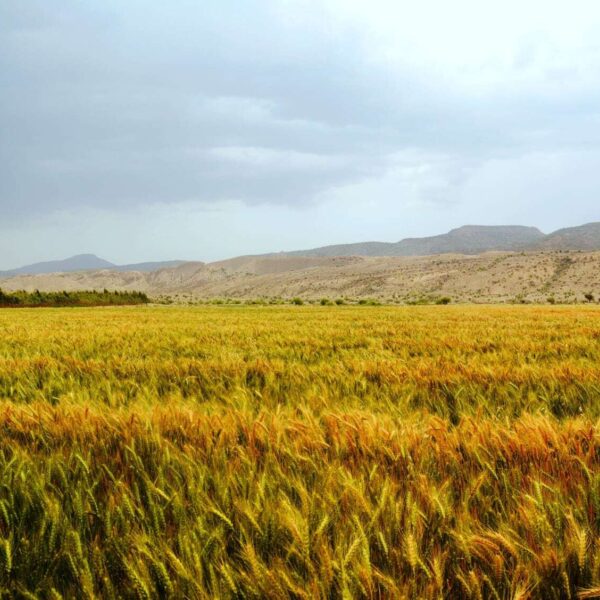
Contentieux climatique au Pakistan : les paroles mémorables d'un juge
Il y a quelques semaines, le jeudi 25 janvier, la ‘Lahore High Court Green Bench’ a rendu un jugement mettant provisoirement un terme à une série de jugements dans une affaire climatique entamée au cours de l'été 2015.
L'affaire a été introduite par un agriculteur, Monsieur A. Leghari, fin août 2015. Le demandeur a fait valoir que le changement climatique mettait en péril l'approvisionnement en eau et la sécurité alimentaire. Il a tenté d'obtenir que les autorités mettent enfin en œuvre la Politique nationale relative au changement climatique (2012) et le Cadre de mise en œuvre de la politique relative au changement climatique (2014-2030). Sa demande a été accueillie par le tribunal. Il a rendu quelques ordonnances qui ont conduit les autorités compétentes à se mettre au travail. Une Commission sur le Changement Climatique a été instaurée pour surveiller les progrès résultant de la mise en œuvre desdites politiques.
Aux termes du jugement du 25 janvier 2018, le juge siégeant, S. Mansoor Ali Shah, a pris acte du dépôt du rapport d'exécution de la Commission sur le Changement Climatique par son président. Ce rapport indique que, au cours de la période septembre 2015 - janvier 2017, 66% des mesures prioritaires du Cadre de mise en œuvre de la politique relative au changement climatique ont été réalisé. À la suite de cette constatation, le juge Mansoor analyse le rôle du juge dans un contexte social où le contentieux environnemental évolue vers un contentieux climatique.
Son analyse mérite d'être citée :
“20. … a judge today must be conscious and alive to the beauty and magnificence of nature, the interconnectedness of life systems on this planet and the interdependence of ecosystems. From Environmental Justice, which was largely localized and limited to our own ecosystems and biodiversity, we have moved to Climate Justice. … The environmental issues brought to our courts were local geographical issues, be it air pollution, urban planning, water scarcity, deforestation or noise pollution. Being a local issue, evolution of environmental justice over these years revolved around the national and provincial environmental laws, fundamental rights and principles of international environmental laws. The solutions entailed penalties and shifting or stoppage of polluting industries …
21. Enter Climate Change. … Climate justice is informed by science, responds to science and acknowledges the need for equitable stewardship of the world’s resources. … Climate change has moved the debate from a linear local environmental issue to a more complex global problem. … On the global platform the remedies are adaptation or mitigation. In case of Pakistan, adaptation is largely the way forward. …
22. Adaptation, as a strategy engages many stakeholders, which hitherto were not part of the environmental dialogue. Climate justice, therefore, moves beyond the construct of environmental justice. It has to embrace multiple new dimensions like Health Security, Food Security, Energy Security, Water Security, Human Displacement, Human Trafficking and Disaster Management within its fold. Climate justice covers agriculture, heath, food, building approvals, industrial licences, technology, infrastructural work, human resource, human and climate trafficking, disaster preparedness, health, etc. While mitigation can still be addressed with environmental justice, adaptation can only be addressed through Climate justice, where the courts help build adaptive capacity and climate resilience by engaging with multiple stakeholders.”
Expertises liées: Environnement